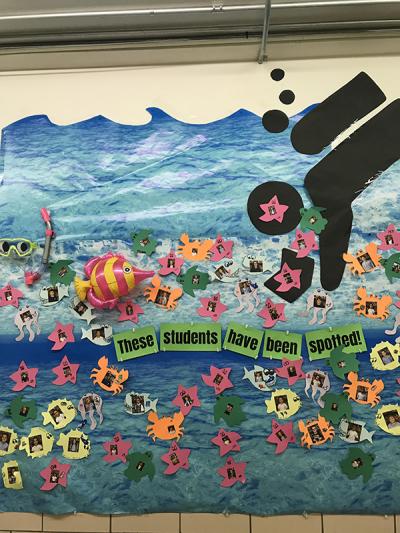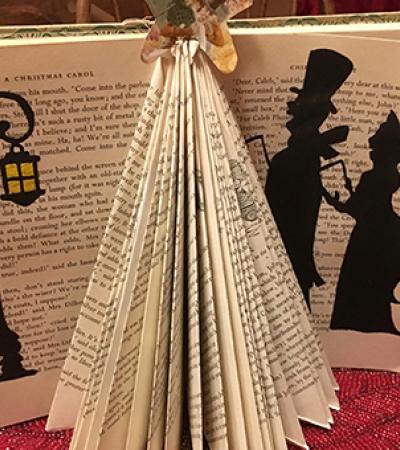Nobody likes to get in trouble at school; getting caught by a teacher doing something you are not supposed to is never fun. But getting caught reading by a Mystery Reader? That's a different story.
The premise of this program is that a Mystery Reader “infiltrates” the school, looking for students who are reading when they are not required to read. Students caught reading by the Mystery Reader receive some sort of small recognition that acknowledges they’ve been reading. It’s a programming activity that that is engaging, rewarding, low-cost and will be wildly popular among your students.

Here's how it works.
Look at your schedule
Select a week for this activity; one day won’t be enough time for multiple students to be caught reading, and this is a program that builds momentum over the course of several days. Potential weeks include National Library Week in April, Teen Read Week in October, Children’s Book Week in May, or even the first week in January, after winter break.
Find your Mystery Reader
Next you need to pick the person who will be the Mystery Reader. This can be any adult in the school, though it’s best to pick someone who has high visibility among students, and someone who knows most of the students. A vice principal, physical education teacher, school nurse or art teacher are all good choices.
The only person who can’t be the Mystery Reader is the librarian, because the librarian will act as the Mystery Reader's assistant.
Decide on the reward
Students could receive a small piece of candy, a special bookmark or a free homework pass. Perhaps students who have been caught reading get an extra 10 minutes of recess at the end of the week, or have their names put into a hat to win a small gift card. Get creative, and remember, the prizes don't have to cost a lot of money.
Announce when the program begins
Make an announcement to students that a Mystery Reader will be roaming the halls, checking at recess, peeking in classrooms, looking for students who are reading when they don’t have to be. Make sure students know that reading during class/instruction time will not get them on the Mystery Readers list.

Unleash the Mystery Reader!
The Mystery Reader should then keep an eye out for students reading for pleasure. When the Mystery Reader sees one, he or she writes down the student's name to pass along to the librarian (the Mystery Reader's assistant). You can also create a congratulatory note to hand to the student.
At the end of each day, the librarian should announce the students who’ve been spotted and distribute the rewards. You could announce names over the school’s public address system, or you might create a bulletin board with the students' names. In keeping with the mystery theme, write students’ names on a footprint or a magnifying glass.
Part of the fun of the Mystery Reader is seeing the excitement on the faces of students who find out that they have been “caught” reading. You will discover that as the week goes on, more and more students will be carrying books with them, reading at every opportunity in the hopes that they too will be caught.
Reveal the identity of the "Mystery Reader"
At end of week, have a big reveal so the students learn who the Mystery Reader is. If you make this an annual event, weeks in advance of the activity, you’ll enjoy listening to students discussing who they suspect the next Mystery Reader will be.
Shhhhh ... here’s the secret. Even though you need to have a person who is the official Mystery Reader, every teacher can be involved in catching readers. If a teacher spots a student reading, she can quietly submit the name to the Mystery Reader or librarian for recognition.
Just don’t tell the kids — it’s way more fun believing you were caught by the Mystery Reader, who is on a never-ending hunt for voracious readers.



